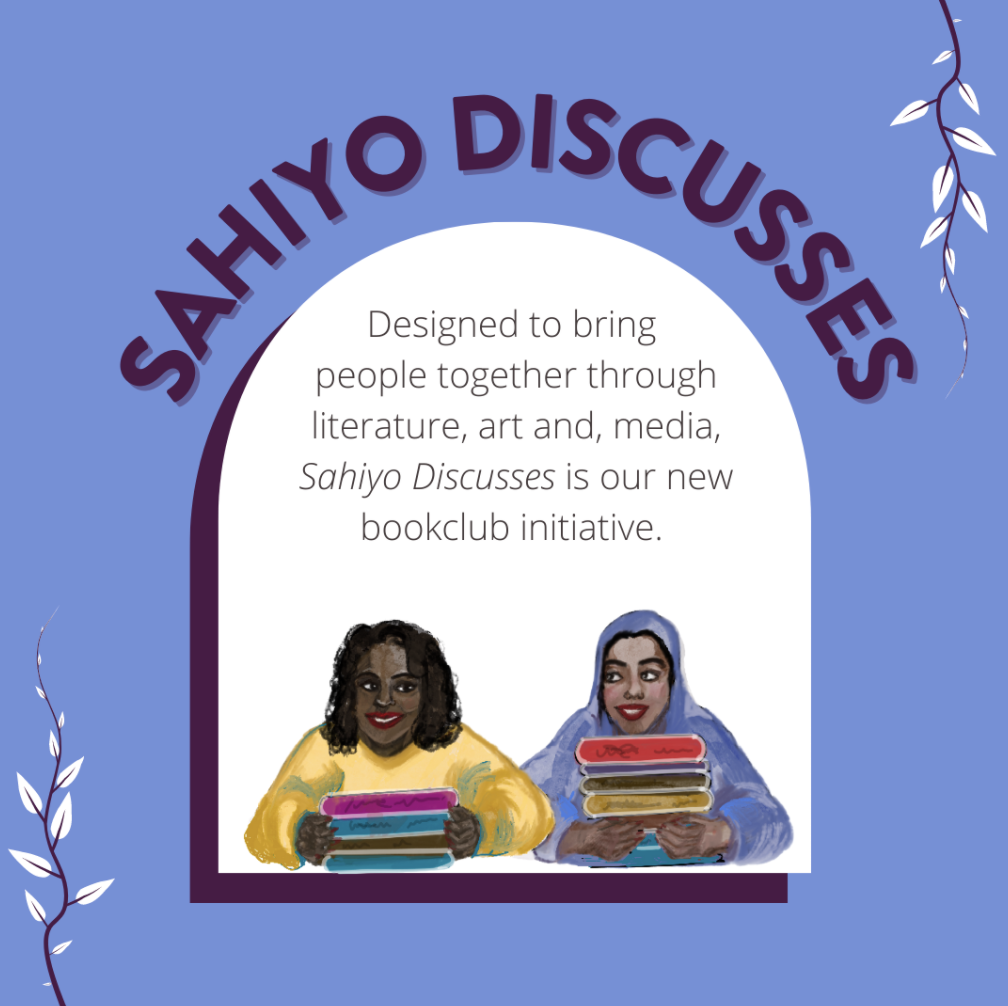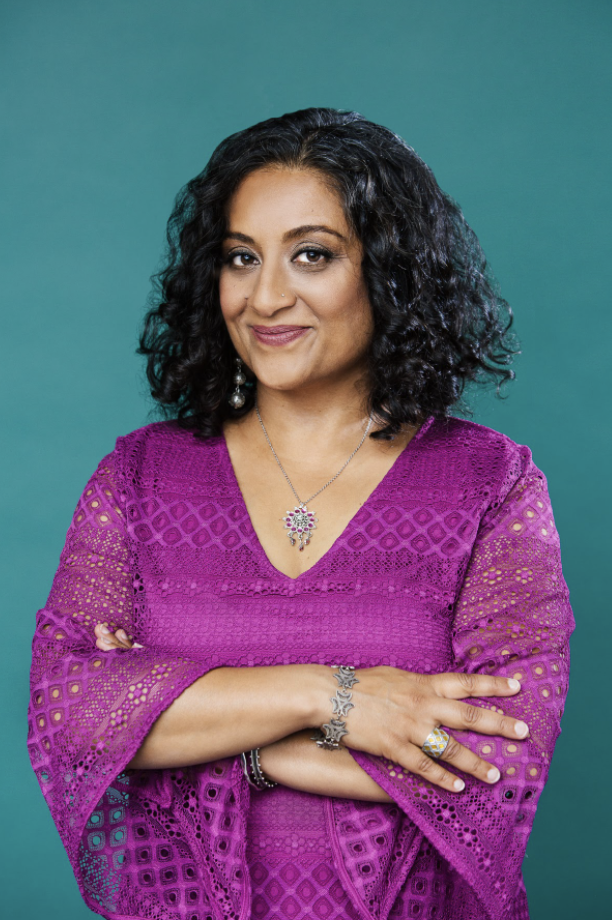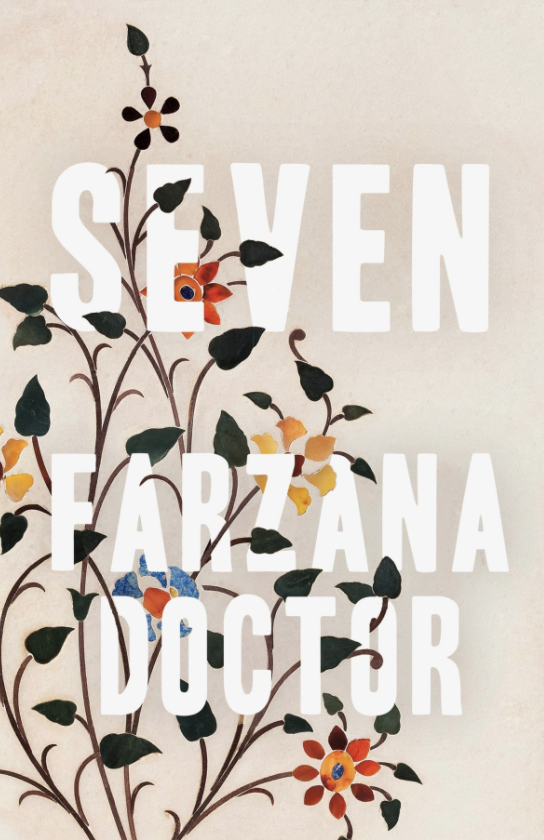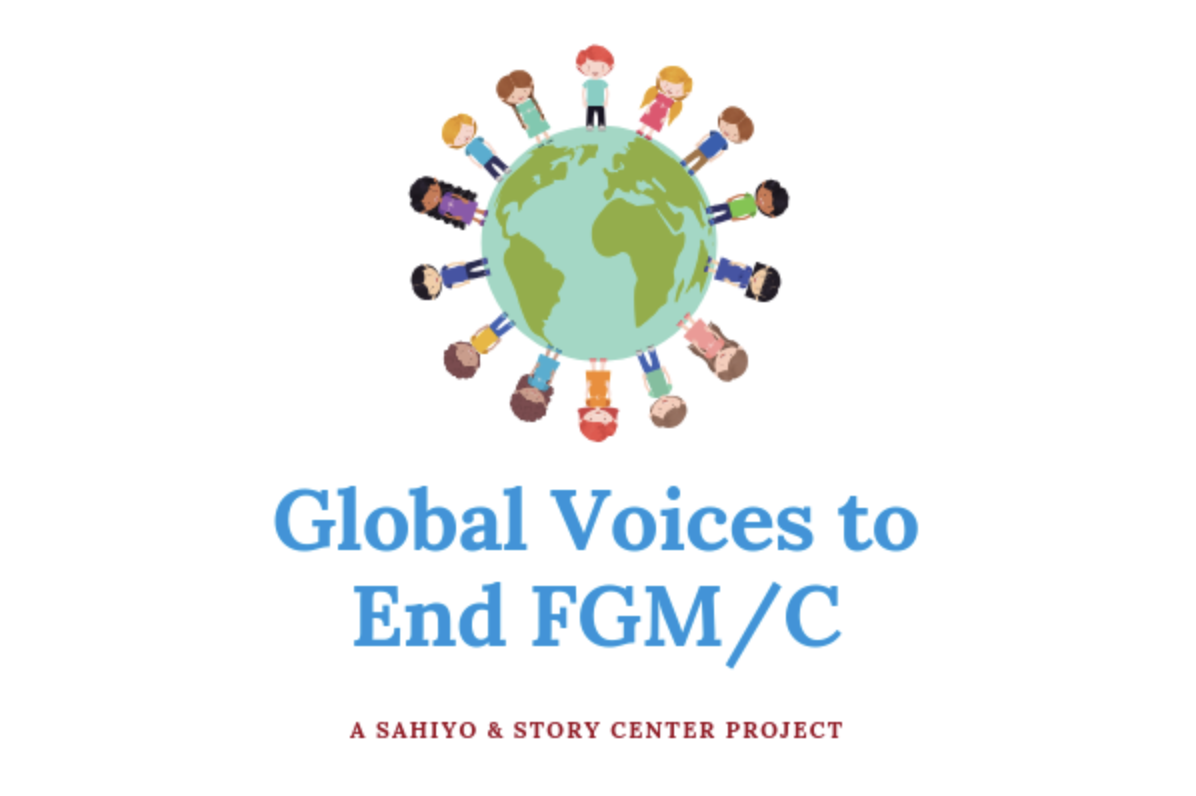પ્રિય માસી એ એક કોલમ છે, જે સેક્સ અને સંબંધ વિષેની એવી બધી બાબતો પર ભાર મૂકે છે, જેને પૂછવામાં તમને ડર લાગતો હોય! આ કોલમ સહિયો અને WeSpeakOut વચ્ચેની એક ભાગીદારી છે. તે આપણા બધા માટે છે, જેમને ફીમેલ જેનિટલ કટિંગ (એફ.જી.સી.) અથવા ખતના અને તેની આપણા શરીર, મન, સેક્સ્યુઆલિટી અને સંબંધો પર કેવી અસર પડે છે તે વિષે પ્રશ્નો હોય. બોહરીઓમાં, માસી એટલે તમારી મમ્મીની બહેન. અમે તમને અહિયાં તમારા પ્રશ્નો મોકલવા માટે આવકારીયે છીએ. જો તમને કોઇ સંકોચ થાય તો, મહેરબાની કરીને ઉપનામનો ઉપયોગ કરી શકો છો (તમારું સાચું નામ વાપર્યા વિના).
प्यारी मासी,
मैं चालीस साल की तलाकशुदा औरत हूँ। हाल ही में मेरी मुलाकात एक अच्छे, गैर-बोहरा आदमी से हुई है और हम करीब आ गए हैं। क्या मुझे उसे खतना के साथ अपना अनुभव बताना चाहिए? मैं उससे बातचीत कैसे शुरू करूँ? क्या वह पुराना सदमा छेड़ना ज़रूरी है?
—तलाकशुदा दुरिया
प्यारी तलाकशुदा दुरिया,
आपका नया रिश्ता आपको मुबारक हो! आपने ऐक समजदार सवाल उठाया हैं। इस बारे में मैं यह कहूँगी कि निजी जानकारी शेयर करना हमेशा आपकी इच्छा और मर्ज़ी के अनुसार करना चाहिए। चलिए, इसके कुछ फायदे-नुक्सान पर ध्यान देते है।
पहले लाभों के बारे में बात करते है:
लाभ # 1: अपनी राज़ को शेयर करने से प्यार और विश्वास पैदा हो सकता है। सदमा अक्सर गुप्तता, शर्म और एकलता में होता है। इसलिए किसी अजीज़ के साथ बात करना सेहतमंद हो सकता है। यह ख़ामोशी को तोड़ने के साथ-साथ आपका अकेलापन भी कम करता है।
लाभ # 2: जब हमारे अपने यह समझने लगेंगे कि सदमा कैसे हमें जज़्बाती, जिस्मानी या यौन रूप से तकलीफ़ देता है, तो वे हमारे इलाज में बेहतर साथी हो सकते हैं।
मिसाल के तौर पर, कभी-कभी किसी के छूने से मैं जम जाती हूँ। मेरे साथी को यह पता है। वह खतना के बारे में जानता है और इसलिए रुककर फिर से स्थिर होने में मेरी मदद करता है।
गौर कीजिये कि कौनसी बातें आपके सदमे को छेड़ सकती है, और फिर अपने प्रियजनों को समझाए कि वे आपको कैसे सहारा दे सकते हैं ।
सावधान: अपने दर्शकों को जानें।
चलिए अब संभावित खामियों की बात करते है:
खामी # 1: यदि आपके प्रियजन उतने हमदर्द नहीं हैं और/या यह नहीं समझते हैं कि खतना तकलीफ़देह हो सकता है, तो वे अनजाने में आपके एहसासों को नजरंदाज कर सकते है या नकार सकते हैं। यदि आप इसके लिए तैयार नहीं हैं तो यह दुबारा तकलीफ़देह महसूस करा सकता है।
अपनी कहानी शेयर करने से पहले जानकारी शेयर करके आप इसे कम कर सकते है। इसके लिए मैंने यह ब्लॉग पोस्ट लिखा है। अधिक उपयोगी लेखों और वीडियो के लिए सहियो ब्लॉग और वी स्पीक आउट वेबसाईट देखें।
खामी # 2: अपना सदमा शेयर करना, फिर चाहें वह अपनों से ही क्यों न हो, हमें महरूम महसूस करा सकता है। अगर आपको लगता है कि आपके साथ ऐसा हो सकता है, तो अच्छा दोस्त या सलाहकार जैसे किसी मददगार के संपर्क में रहें। आपको जो बताना है, उसे खुद ही दुहराए और देखें की आपके मन में क्या एहसासात पैदा होते है।
बातचीत कैसे शुरू करें:
खतना के बारे में बात करने के कई तरीके हैं। यहाँ एक मार्गदर्शिका है। आप पर लागू न होनेवाले स्टेप्स को छोड़ दें और अपने अंदाज में फेरफार करें।
1. प्रस्तावना:
मैं आपके साथ कुछ शेयर करना चाहती हूँ। यह बात बहुत ही पर्सनल और संवेदनशील चीज है।
आप मेरे अजीज़ हैं और आप मेरे लिए अहम हैं इसलिए मैं आपको यह बात बता रही हूँ।
मैं बस इतना चाहती हूँ कि आप मेरी बात सुनें और बाद में मैं आपके किसी भी सवाल का जवाब दूंगी।
क्या अभी बात कर सकते है?
2. उन्हें इस प्रथा के बारे में कुछ कुछ सामान्य मालूमात दें, लेकिन बहुत ज्यादा नहीं:
मेरे समुदाय में गुप्तांग काटने की एक प्रथा है। उसे खतना कहते है। यह मेरे साथ तब हुआ जब मैं बच्ची थी। इस विषय पर चुपके-चुपके बहुत कम बात होती है और इसे तकलीफ़देह समझा जाता है।
3. उन्हें खतना का आप पर पर्सनल असर बताएँ (यह हिस्सा अलग-अलग लोगों के लिए अलग-अलग हो सकता है, इसलिए निचे सिर्फ एक मिसाल दी गयी है):
वैसे तो मैं ठीक हूँ, लेकिन कभी-कभी इसके बारे में सोचकर मैं परेशान हो जाती हूँ, और हर बार, कुछ यौन स्थितियों में, मैं बहुत तनावपूर्ण हो जाती हूँ।
4. उन्हें बताएँ कि आपको उनसे क्या जरुरत है (बातचीत का यह हिस्सा भी बहुत अलग हो सकता है):
आपको अभी मुझसे कुछ भी कहने की या मेरे लिए अभी कुछ करने की जरुरत नहीं है। मैं इसे आपके साथ इसलिए शेयर करना चाहती थी क्योंकि यह मेरे जीवन के तजुर्बे का एक हिस्सा है। और आपको यह समझने में मदद मिलेगी कि मैं कुछ खास तरीकों से क्यों बर्ताव करती हूँ।
5. उन्हें कुछ साहित्य देने की पेशकश करें ताकि वे और ज्यादा मालूमात हासिल कर सकें:
आपके सवालों का जबाब देने में मुझे ख़ुशी ही होगी। अगर आप चाहें तो मैं आपको कुछ लेख और वीडियो भी बता सकती हूँ।
खैर, तलाकशुदा दुरिया, मुझे वाकई उम्मीद है कि आपका नया प्रेमी समझ जायेगा! अगर आप उन्हें बताने का फैसला करती हैं, तो हो सकता है कि यह आपके लिए इलाज का काम करें।
- प्यारी मासी
मासी उर्फ फ़रज़ाना डॉक्टर के बारे में
फ़रज़ाना एक उपन्यास लेखिका हैं और मनोचिकित्सक की प्राइवेट प्रैक्टिस करती हैं। वह WeSpeakOut और End FGM/C कनाडा नेटवर्क की संस्थापक सदस्य हैं। वह रिश्तों और लैंगिकता के बारे में बात करना पसंद करती है! www.farzanadoctor.com पर उनके बारे में और मालूमात करें।
दाऊदी बोहरा समुदाय के बारे में औरतों के रिश्तों, लैंगिकता, बेवफाई और खतना पर चर्चा करने वाला उनका नया नावेल, सेवन ऑर्डर करें।
अस्वीकरण: फ़रज़ाना अच्छी सलाह जरुर देती है, लेकिन यह कॉलम हर किसी के निजी सवालों पर बात नहीं करता है और इसे पेशेवर चिकित्सा या मनोवैज्ञानिक देखभाल के विकल्प के रूप में इस्तेमाल नहीं किया जाना चाहिए।
Read the Gujarati version here, and the English version here.









